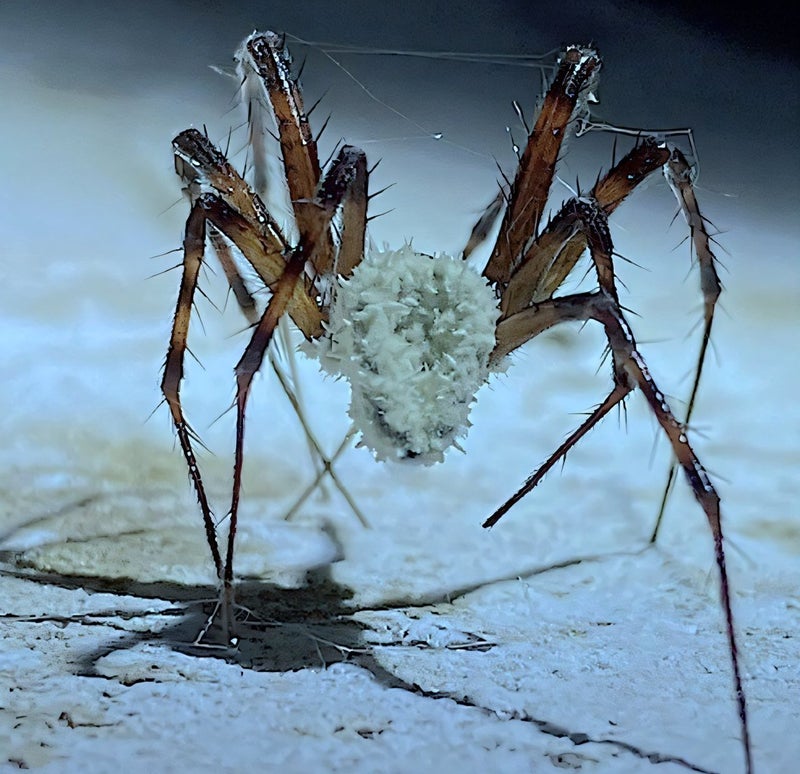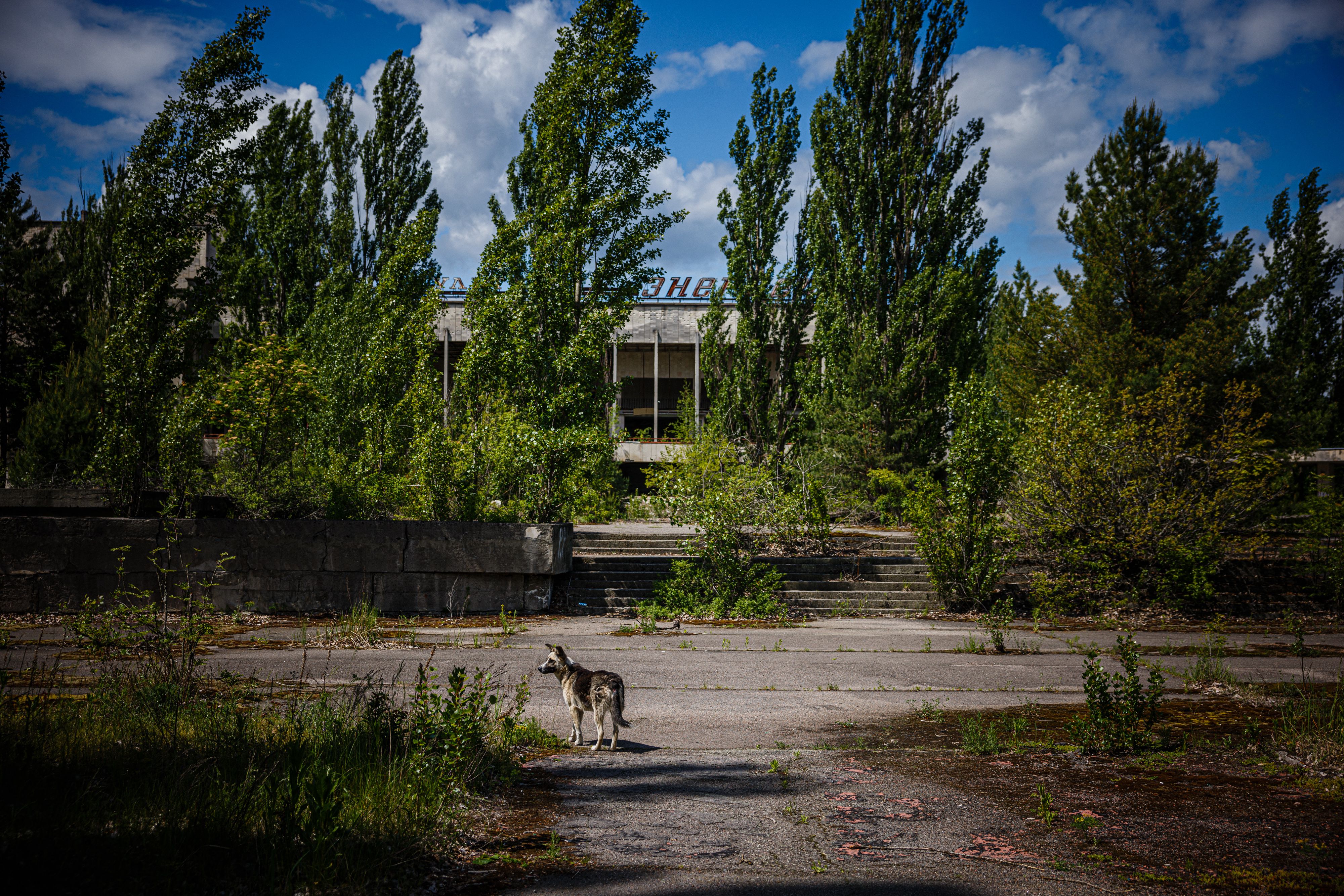Fungus named after David Attenborough turning Irish spiders into 'zombies’
Fungus named after David Attenborough turning Irish spiders into 'zombies’
Share:
Findings point to hidden diversity of this class of fungi in British Isles, researchers say. A fungus named in honour of Sir David Attenborough has been found infecting and manipulating spiders in a Northern Ireland cave turning them into The Last of Us-style “zombies”. Researchers, including those from Kew, found that the fungi’s host is the orb-weaving cave spider, Metellina merianae, living in caves in Northern Ireland and the Republic of Ireland.
![[Gibellula attenboroughii on Metallina merianae on cave ceiling, Tullybelcoo Ground Bridge, County Fermanagh, Northern Ireland]](https://static.independent.co.uk/2025/01/31/4/45/Gibellula-attenboroughii-on-Metallina-merianae-on-cave-ceiling-Tullybelcoo-Ground-Bridge-County-Ferm.jpeg)
Infected spiders would hang on the roof or walls of the caves, leaving their lairs or webs and migrating to die in exposed situations, according to the study, published in the journal Fungal Systematics and Evolution. An earlier specimen of infected spider was originally found on the ceiling of a gunpowder store. “In all instances, the infected spiders had moved from their concealed lairs or webs and died exposed on the cave roof or wall and the store ceiling,” scientists wrote.
This behaviour mirrors the actions of Brazilian rainforest ants infected by the cordyceps fungi, which is featured in the post-apocalyptic TV series The Last of US. A 2016 study provided the first evidence that fungus-infected spiders may also be changing their behaviour, moving from their characteristic concealed niches to die in elevated or freely-exposed situations, such as the undersides of leaves in tropical forests.
Now, the new study finds that cave spiders also alter their behaviour when infected by a particular fungus species, facilitating the release and dispersal of fungal spores. “Infected spiders exhibit behavioural changes similar to those reported for zombie ants,” scientists write in the study. The fungi, named Gibellula attenboroughii, manipulate hosts by producing behaviour-changing metabolites like dopamine, leading to the spiders favouring the dispersal of the fungal spores over their own lives.
“The fact that Gibellula-infected spiders are found in prominent positions on the roof or ceiling of their subterranean habitats indicates a behavioural change,” researchers explained. This change, scientists say, appears caused by the fungus as the sporulating spider cadavers would be exposed to the air currents circulating through the caves “promoting the release and subsequent dispersal of the dry spores through the system”.






















.jpeg)